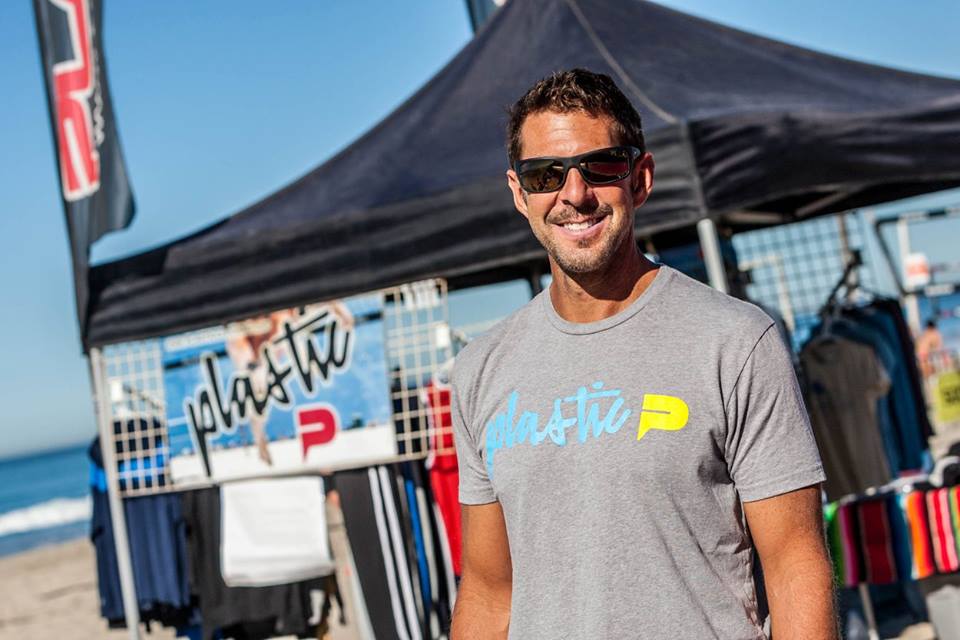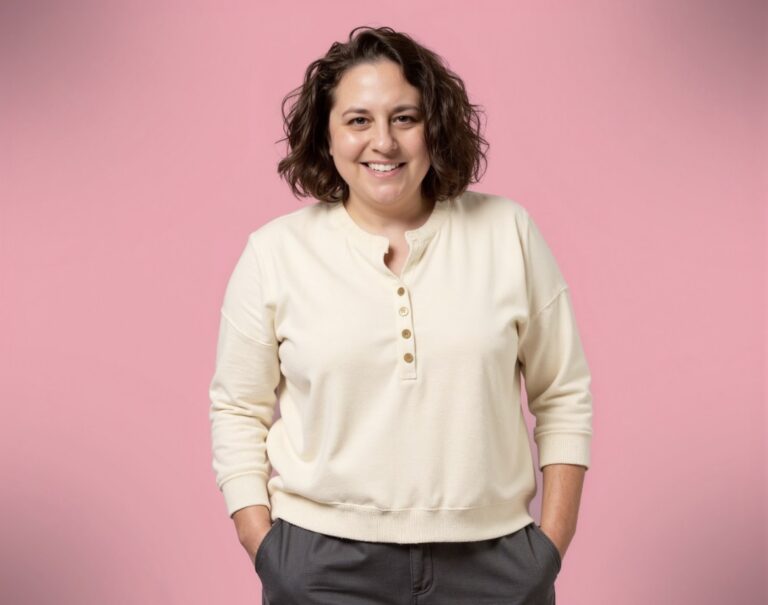We were lucky to catch up with Dave Kish recently and have shared our conversation below.
Dave, looking forward to learning from your journey. You’ve got an amazing story and before we dive into that, let’s start with an important building block. Where do you get your work ethic from?
Imagination fuels my work ethic. It’s the most indispensable part of my creative process, and the reason I’ve been in the art game for over thirty years. Imagination generates ideas, and then compels me to bring them into the real world. To some degree imagination is innate, but years ago, when I taught high school art, I learned that it can also be practiced and improved. I do lots of things to exercise my imagination, but what helps most is simply being curious about things. Curiosity leads to observation, and when I closely observe the world around me, really watch it, see its strangeness and improbability, my imagination opens up.
Another thing that builds imagination is rules. That may sound counterintuitive, but it’s true. Several years working in the architecture profession really improved my imagination because there were always rules – clients, budgets, gravity, aesthetics – rules that had to be juggled, weighed and considered simultaneously. I think those kind of constrained situations spark imagination more than complete artistic freedom. Limitations generate the best ideas, and the better the ideas, the more motivated I’ll be to act on them.


Thanks, so before we move on maybe you can share a bit more about yourself?
My path through the visual arts has been circuitous. I’ve been a draftsman, designer, builder, teacher, artist, museum preparator and newspaper cartoonist (author of the comic strip “Hoopleville”). Concurrently, I’ve taken on a wide range of freelance projects from fabricating miniature golf holes to hand-carving the bridges for grand pianos. My resume is an epic poem that confounds more than explains!
In my art practice, I like to combine whimsy, craftsmanship, and an unexpected twist in medium or technique. My Saguaro Rubbing Series would be a good example. There was a big learning curve (and more than a few band-aids) involved when I figured out how to actually make pastel rubbings of giant saguaro cactus! The results were shown at the Tucson International Airport and the Tucson Botanical Gardens. Another example of whimsy and craftsmanship with a twist would be the interactive forest of industrial vinyl I installed at City Museum in 2022.
Currently, I’m working on private commissions, and exhibiting cardboard assemblages, most recently at Art St. Louis and The Sheldon Art Galleries.
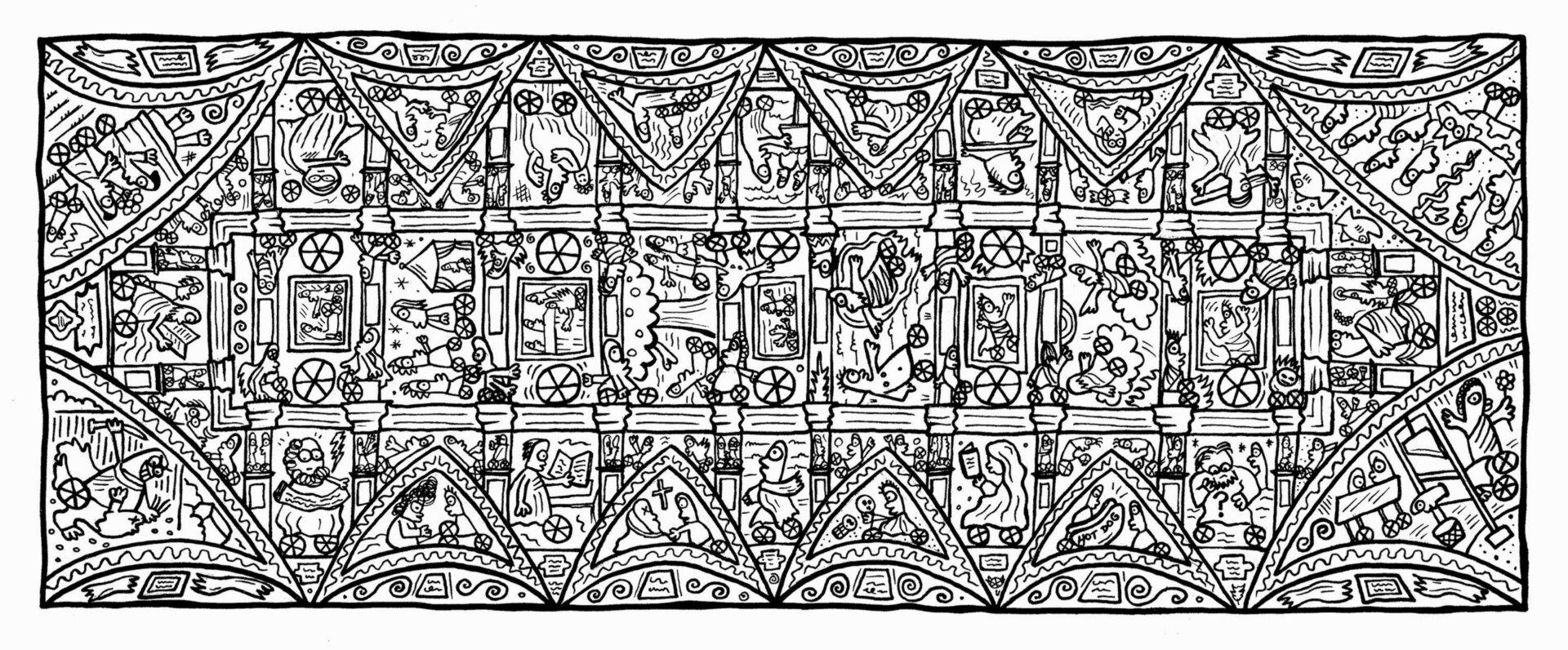
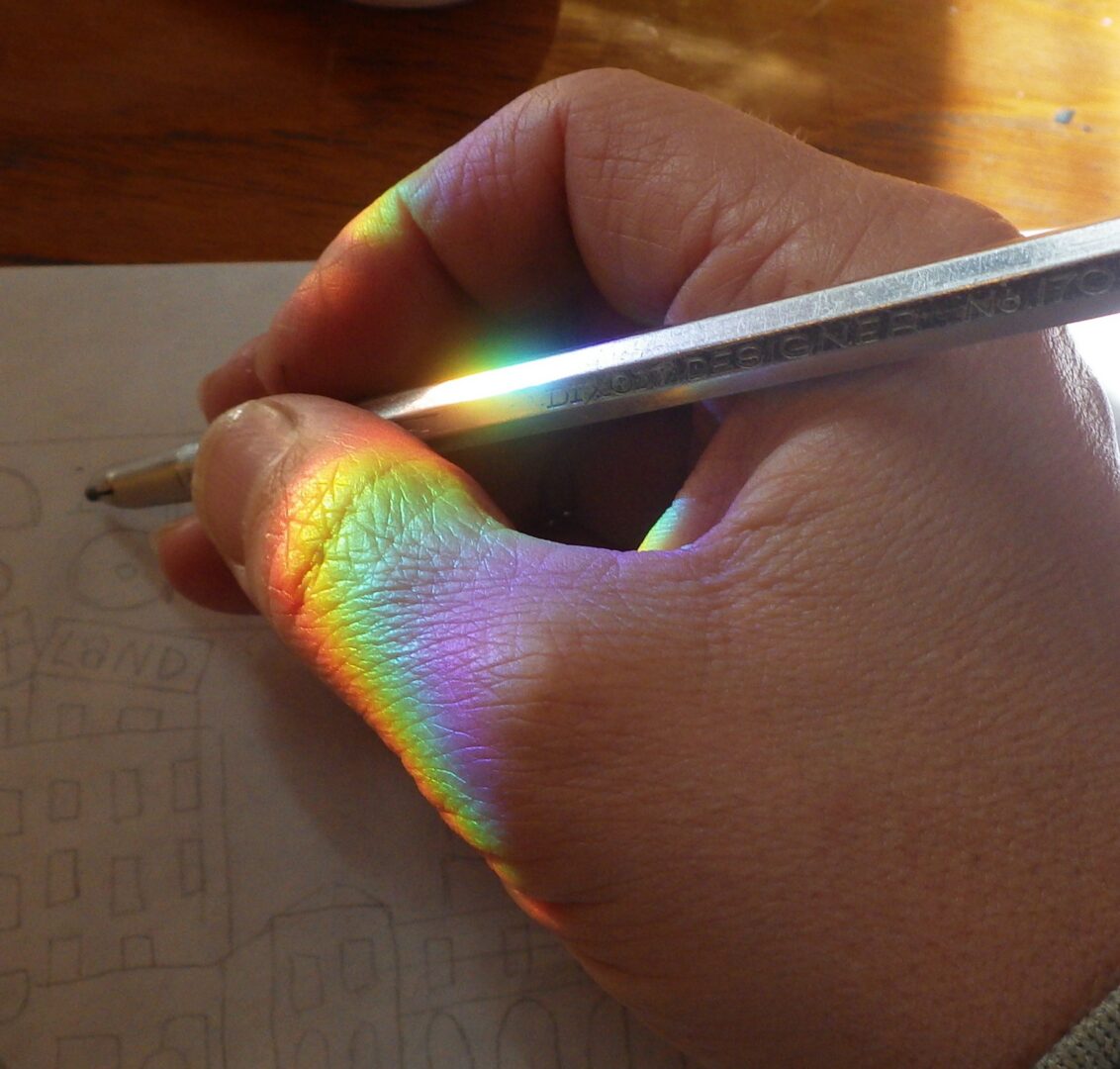
If you had to pick three qualities that are most important to develop, which three would you say matter most?
I believe art is primarily a form of communication, so whatever skills make me a better communicator are important. I’d say reading, writing and drawing are the top three things that help me communicate my ideas more effectively.
I’ve always enjoyed reading books. My ever-growing home library is a constant source of inspiration, as is the monumental St. Louis Central Library, a short walk from my studio. Reading regularly for many years has given me a broad base of knowledge to draw from, and has made me a better writer, too, which is very useful when applying for shows or crafting proposals.
Drawing, though, is the keystone in my skill set, and an absolute must for any visual artist – don’t believe otherwise! Every project, big or small, begins with a sketch, and I enjoy drawing in many different styles, using various media. At Lehigh University, I had an unforgettable drawing instructor, the late Myron Barnstone. He taught the Golden Section, the math and geometry behind the ancient systems of proportion, and he opened my eyes to drawing as an almost spiritual act. When I’m drawing, I’m in a happy and creative place.
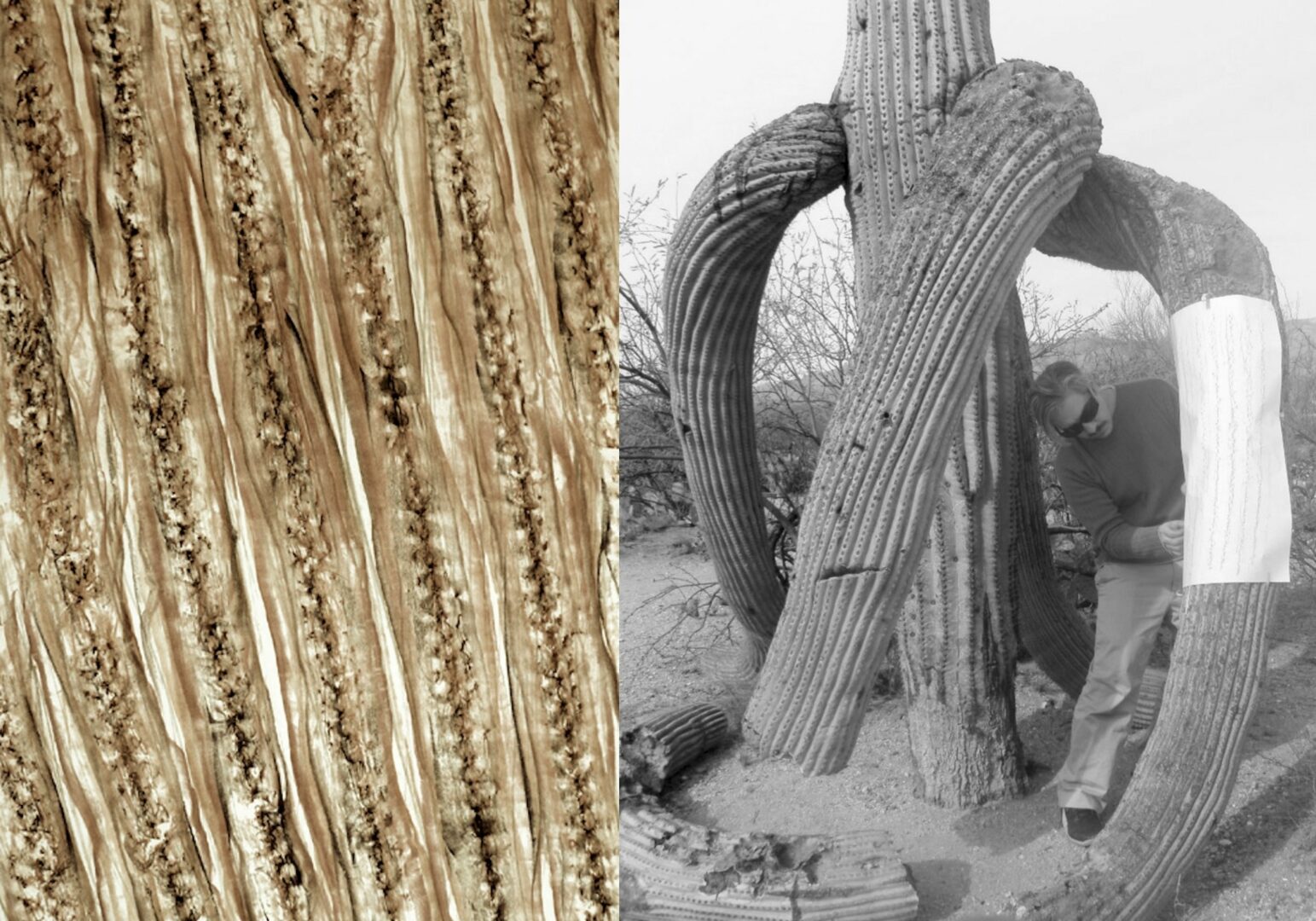
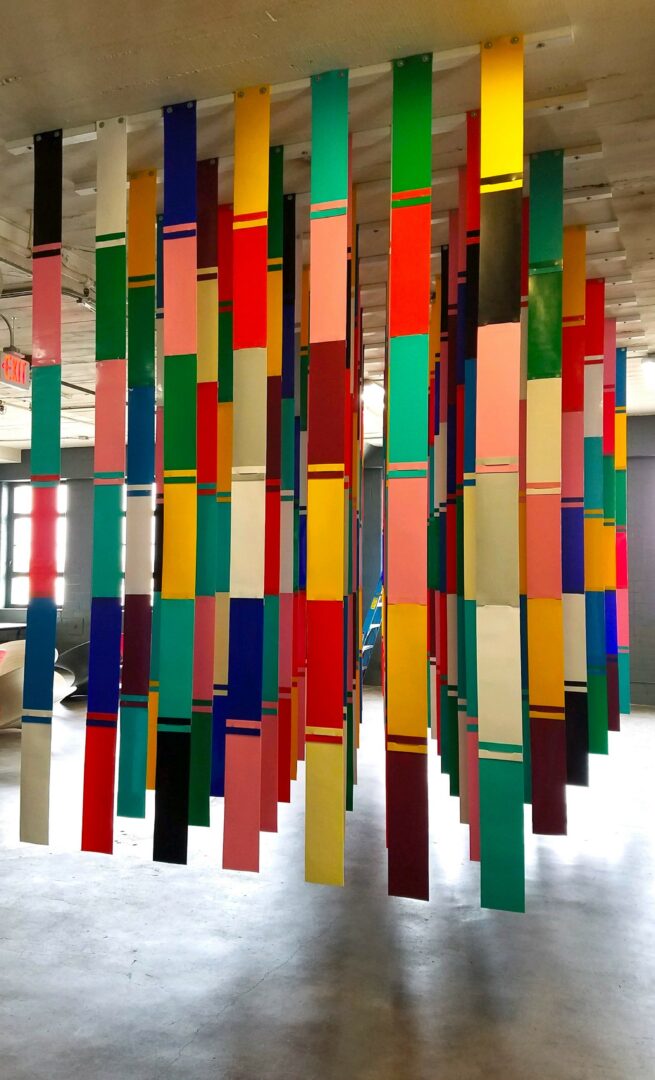
Is there a particular challenge you are currently facing?
A big challenge these days is to stay positive, and not get distracted by all the discord out there. In my opinion, the overreach of technology and proliferation of divisive narratives – all the spin and hype – can really cloud one’s vision and drain one’s spirit. I’ve found that I’m more productive, and my output more successful, when coming from a place of hope, humor and empathy rather than anger, ego and despair.
So, I take care to package my ideas – even abrasive ones – in a way that connects with a broad audience, and celebrates our commonalities more than our differences. I’ve sold my creations to institutions around the country, and to people from all walks of life, partly because I make art that invites and uplifts, even when I’m not really feeling particularly invited or uplifted myself. It’s a real challenge some days to shake off the pessimism, but it’s part of the job.
Contact Info:
- Website: https://hoopleville.hotglue.me
- Other: https://davekish.hotglue.me
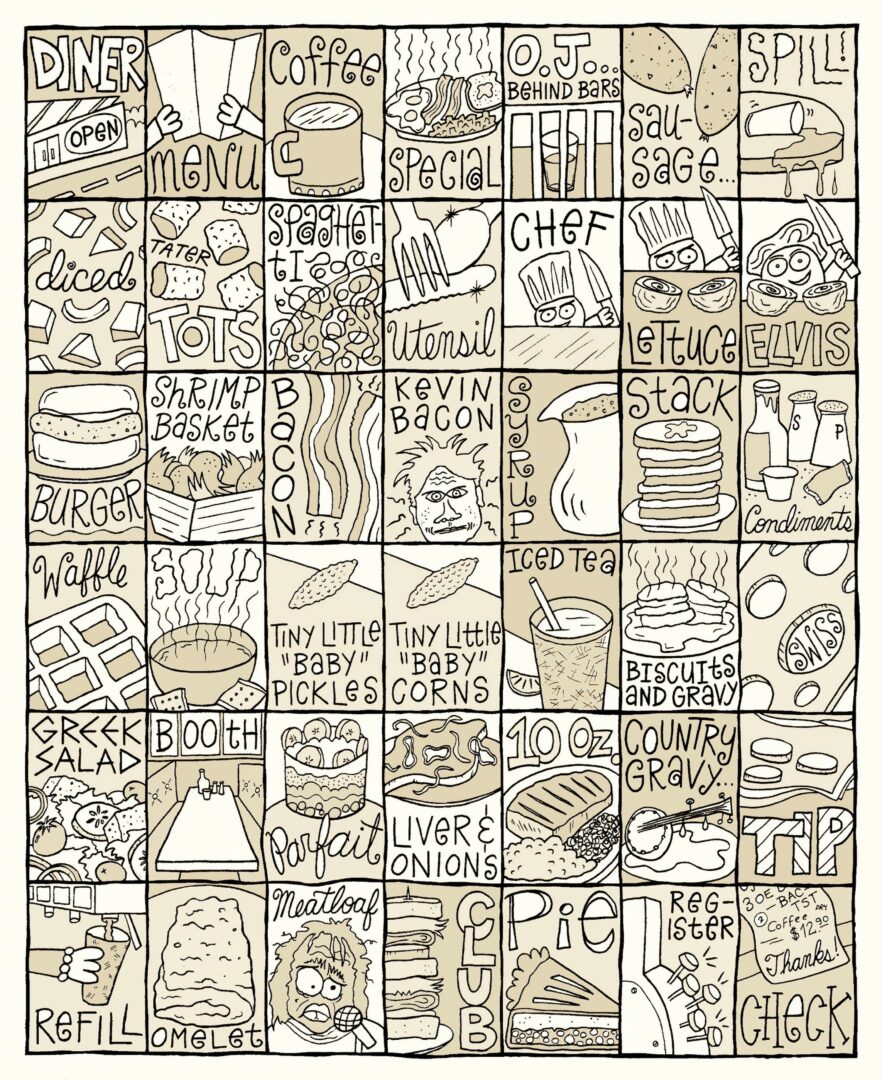

so if you or someone you know deserves recognition please let us know here.


